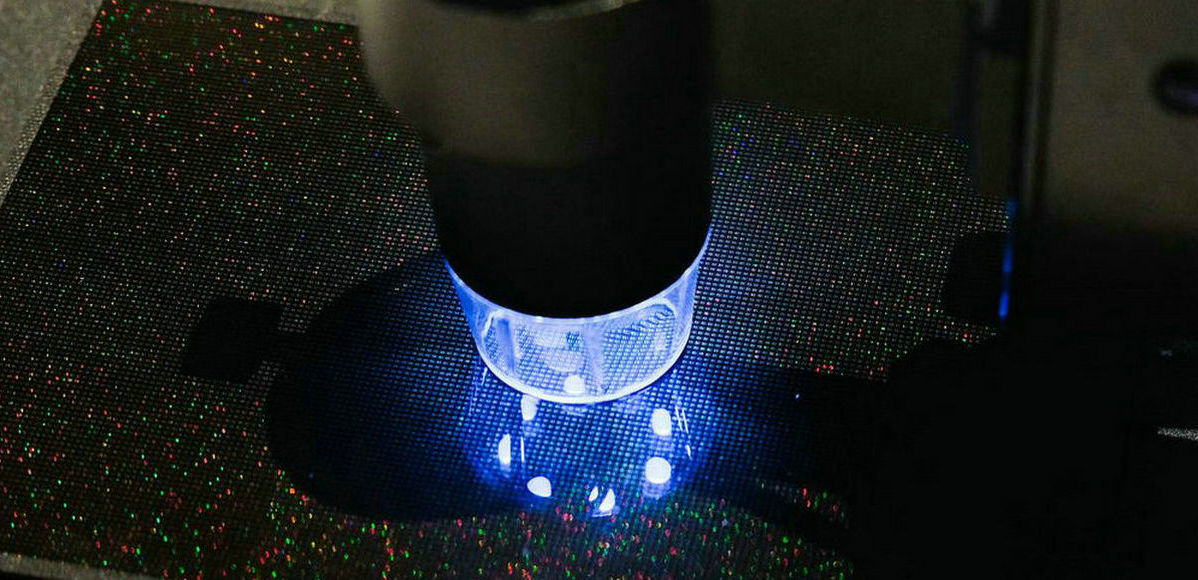What Is the Micro LED? The basic knowledge of the Micro LED Display
In the world of screen technology, Micro LED has quickly become the next big thing
What Is Micro LED?
To understand Micro LED, you first need to understand backlighting.
One of the reasons LCDs are considered old and not as desirable today is because they require a backlight in order to work. That backlight creates a more chunkier product design, for one, but it can also create uneven brightness, color challenges and other problems.
OLEDs, however, are self-emissive, which means they can create their own light. That means they can deliver perfect blacks, outstanding color and allow for product designers to create exceptionally thin — and good-looking — devices. However, OLEDs are built with organic compounds that, over time, start to die off, potentially making them a problem over the long term.
Micro LED is designed to take everything that’s great about OLEDs — the self-emissive technology, the perfect blacks and the outstanding colors — while ditching the organic compounds. That translates to Micro LED panels being exceedingly thin and capable of delivering outstanding viewing angles. And because they don’t rely on organic compounds, Micro LED panels should be cheaper to produce than OLED. Best of all, Micro LED can technically deliver a brighter picture than OLEDs.

How does Micro LED work, and where will you find it?
Micro LED has been under development for years, this technology was initially designed for small displays like watches and smartphones, however bringing it to LED display looks to be a sound one.
LED display is a great application for Micro LEDs because of its much lower pixel density, typically under 100 pixels per inch. Lower pixel density means manufacturers wouldn’t need to pack as many sub-pixels into the screen. The lower the pixel density, the easier it is to manufacture a Micro LED set.
But while Micro LED could technically come to any screen in the future, it’s not exactly easy to produce.
Micro LEDs are literally tiny LEDs that are made one at a time, and then packed and assembled into a display using robots that pick and place them one at a time, first into smaller substrates, and then the substrates are assembled onto the final display. One of the biggest challenges with Micro LEDs is that all of those tiny LEDs need to be calibrated to deliver the same brightness and have the same color controls. This is a major challenge.
Just how big of a challenge? Take an example, a single 4K television has 25 million of those small subpixels that then need to be assembled together and calibrated. One false step, and the Micro LED display won’t deliver the best picture.
What are Micro LED’s advantages?
At first blush, you might not find too many major unique features in Micro LEDs. After all, they allow for many of the same benefits as OLED.
However, one of Micro LED’s chief advantages is that it’s exceedingly power-efficient. He noted that each Micro LED subpixel can be manufactured with an individual parabolic mirror behind the LED that reflects all of the light toward the viewer. The mirror creates what he calls a very high brightness power efficiency that will ultimately improve battery life in devices like smartphones, smartwatches and laptops that all rely on a battery for power.
And since Micro LED relies on LEDs for its light source, Micro LEDs are generally much brighter than any other display technology. That extremely high brightness could ultimately allow for better-looking pictures than even OLEDs, which have been called “perfect” by some display experts.
How does Micro LED compare to OLED?
Micro LED and OLED have their fair share of advantages and disadvantages, which could ultimately translate to some companies deciding to stick with OLED and others opting for Micro LED.
Manufacturing is arguably the most important OLED advantage. Manufacturers can produce a single OLED display packed with millions of subpixels in one fell swoop. The result is an outstanding picture with an infinite contrast ratio, perfect blacks and fantastic viewing angles. Best of all, OLEDs can offer extremely bright screens.
Meanwhile, manufacturing a Micro LED with one subpixel produced at a time is extremely challenging. And not even today’s latest and greatest robot manufacturing technology is making that process simpler. Until companies can overcome that challenge, OLED has a clear advantage.
Still, once a Micro LED display is manufactured, the result tells a different story.
OLED’s reliance on organic compounds ultimately results in a decrease in luminance over time. Worse yet, as the OLED screen ages, there’s a chance that some compounds will lose luminance more quickly than others, creating an uneven picture.
The LEDs in Micro LED, however, are not only brighter, but also won’t lose their luster over time due to natural aging. Over the long term, then, Micro LEDs should be capable of keeping their picture quality and maintaining brightness, while OLEDs produced at the same time start to fade.
Additionally, Micro LEDs are far more power-efficient than OLEDs because of the aforementioned mirroring effect manufacturers employ.
Last but not least, Micro LEDs are technically capable of being produced at even thinner sizes than OLEDs, which could give product designers more control over their designs. This could include screens that curve or even fold.
When all is said and done, however, a clear winner might not be so easy to crown. OLEDs and Micro LEDs will deliver largely similar pictures in the short term, with Micro LEDs offering a brighter picture.
We believe we have some waiting to do. It will take at least three years to improve the display performance of Micro LEDs so that it matches OLEDs. In fact, it could take several more years to ramp up high volume production so robots and manufacturing companies can actually build Micro LEDs in a cost-effective manner.

